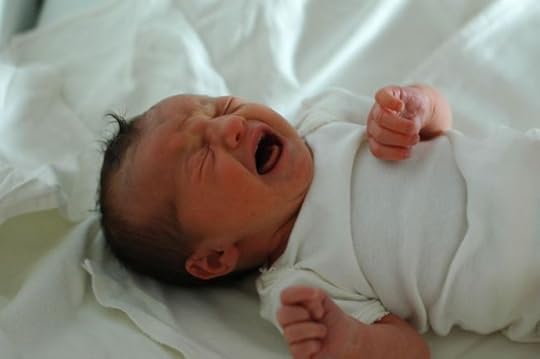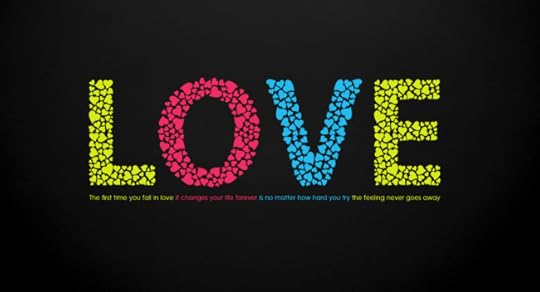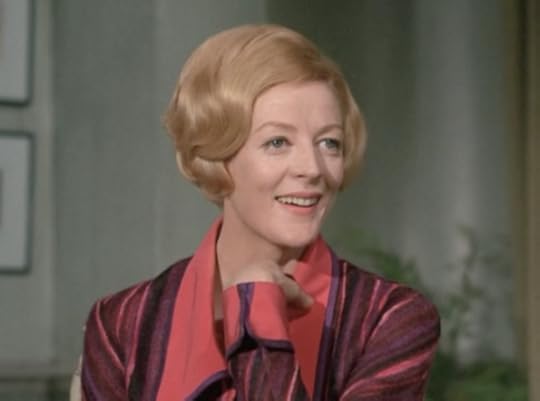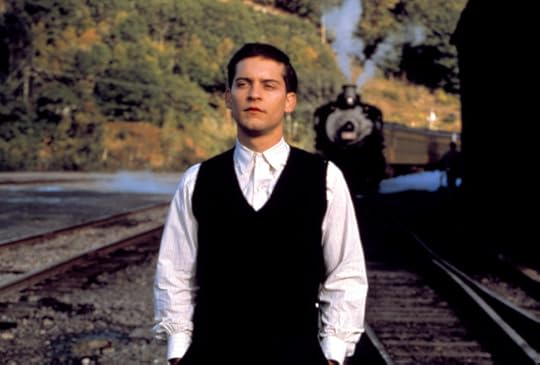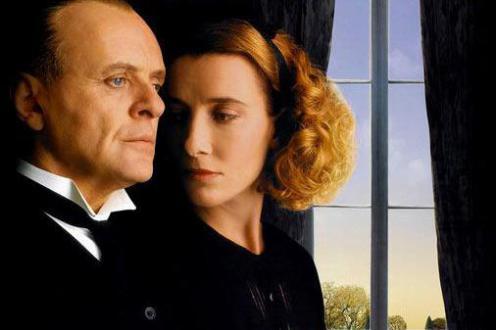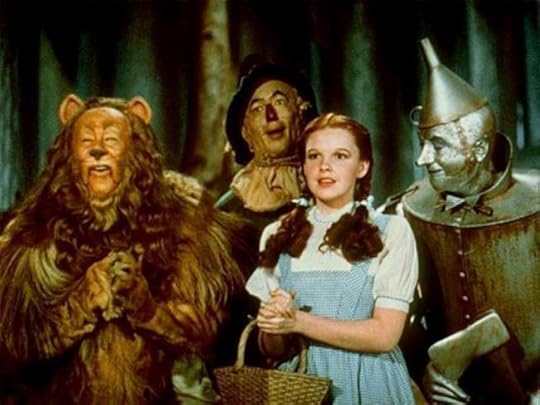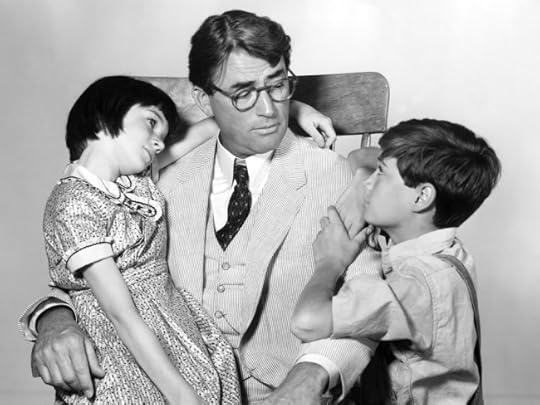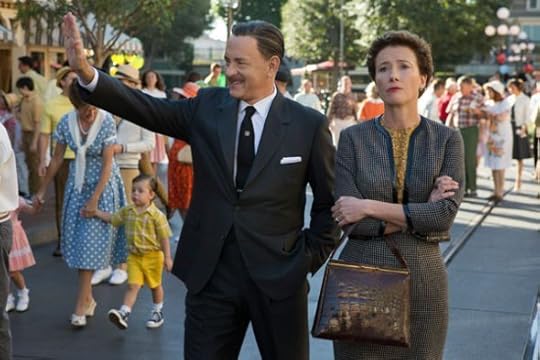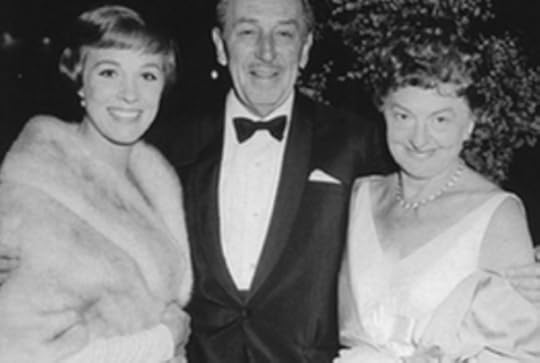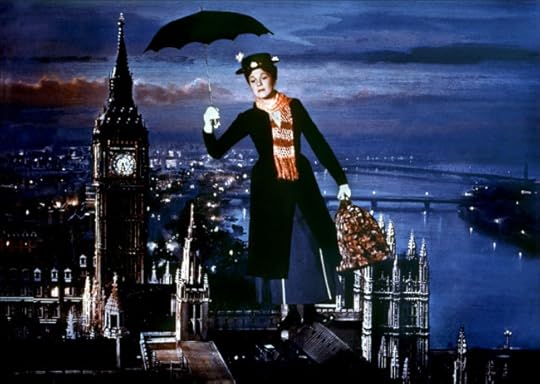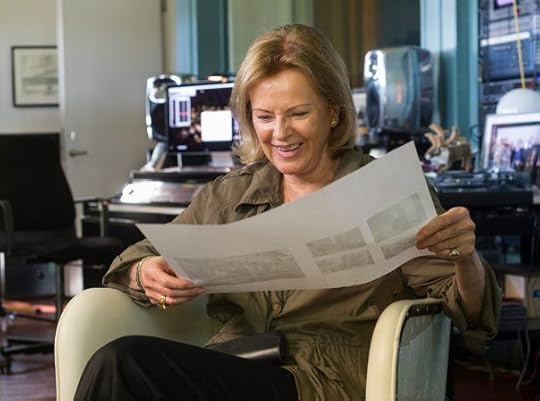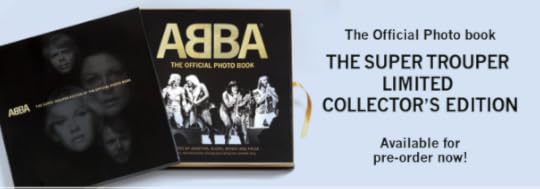Brian Finnegan's Blog, page 3
March 31, 2014
The Daily Writes: Day 1
MY DAILY DIARY, WRITING A NOVEL FROM DAY ONE
My third novel, as yet untitled, will be published next Spring (2015), and this is the first entry of a daily diary throughout the writing of the first draft. With it, I hope to externalise the process a little, sharing the writing of a book. Before I wrote my first novel (written long ago, and long before I wrote a book that was published), I was always looking for writers to tell me how it’s done, to help me. The whole process seemed shrouded in mystery.
What I’ve learned is that there is a mystery involved, some magic that’s inexplicable, when a character says or does something that seems to have come from them, and not from you, or a piece of the jigsaw just lands in your lap, and it’s exactly right. There’s also a magic to the final thing, this whole world you have created that seems absolutely real, even though you know it came from your mind. A finished book is a mysterious object.
But there is also hard graft – structuring, developing characterisation, plotting and pacing, that all need to be worked out, in not such a magical, mysterious way.
THREE ACTS
For my last books, which had multiple narratives, I drew up plans before I started writing. These plans were based on the three-act structure of most screenplays, and indeed, most books:
Act 1. The Beginning – in which we meet our hero, learn to sympathise with him as he tries to get something he wants, before coming to the conclusion that he desparately wants something else entirely.
Act 2. The Middle – In which our hero pursues the thing he desparately wants against mounting odds and ultimately achieves it, before everything goes pear-shaped again.
Act 3: The End – In which our hero overcomes the pear-shaped situation to get what he wants and learn something about himself in the process.
This is a very simplified version of the three-act structure, but basically that’s what it’s all about. This structure worked for me so well that when my editor read the third draft of my first book, she told me she’d never seen a first novel so perfectly plotted. She just had a major problem with my characterisation, which suffered while I was trying to get the structure right.
It was a good learning experience, re-writing with only character development on my mind, and it served me well for my second novel, the writing of which concentrated just as much on character as it did on the plot I’d worked out for it.
CAUTION TO THE WIND
For this book I’m coming at it in a very different way. I have a basic plot (I know the beginning, end of the first act – when everything goes pear-shaped – and I have some inkling of the ending), but I am setting out without a plan. I’ve spent some time developing three of the main characters (the fourth, a child, isn’t as developed at this time), but I don’t really know what’s going to happen to them for the majority of the book.
I’m going to try to feel my way forward with the writing, to see what happens. This is both frightening and liberating. It’s hard not to have my map, because when I had it, I knew exactly what I was going to write each day. But at the same time, I’m letting my characters come to life, letting them determine the action, which is exciting. And if it doesn’t work out, I can always go back to mapping solutions.
Today, as my book was beginning its birth, the little boy at the heart of it was born. His name is Elijah and he has two gay dads, and surrogate mother. I learned that he has a loud, throaty cry, and that he will grow into a very loud boy. I learned other things about my main character’s insecurity.
Tomorrow I will read what I wrote today, revise quickly and then move forward. This is a piece of advice I took from another writer. Don’t revise too much, always move forward. When you have a first draft, you have something to hone. Concentrate on getting that first draft done, day by day.


February 27, 2014
Looking Back On First Loves
For a Valentines feature this February in The Irish Examiner, I was in the good company of Irish writers, Sheila O’ Flanagan, Michael Harding, Catherine Dunne and Emma Hannigan, looking back on our first loves. I really love the way it’s written by Sue Leonard, and sent a copy of the newspaper to my first love.
Read it here.


February 15, 2014
Books To Movies: My Five Favourite Adaptations
I always approach the film adaptation of a book I love with trepidation. There’s nothing quite as disappointing when the screen version gets it badly wrong, and no matter how you might love a director or certain actors, you can never be guaranteed what you’re going to get. Peter Jackson may have blown us away with his Lord of the Rings Trilogy, but then he went and took the heart out of Alice Sebold’s The Lovely Bones with directorial overkill. Rachael McAdams might have sparkled in the adaptation of Nicholas Sparks’ The Notebook, but she stank in the shockingly bad movie version of Audrey Niffenegger’s The Time Traveller’s Wife.
With good viewing for the avid reader in mind, I’ve picked what I think are the five best book-to-film adaptations of all time. I’d love to hear your suggestions too!
5. The Prime of Miss Jean Brodie (Ronald Neame, 1969)
I think Maggie Smyth’s performance in The Prime of Miss Jean Brodie is a thing of genius and beauty. Her portrayal of the tragically and mistakenly idealistic teacher, whose girls are the crème de la crème, not only deliciously brings Muriel Spark’s original character to life, but also adds another layer of loneliness and desperation to her. It’s one of those rare adaptations where the film eclipses the book.
4. The Cider House Rules (Lasse Hallstrom, 1999)
Perhaps The Cider House Rules is a perfect adaptation because the book’s author was allowed to pen the screenplay (whereas he didn’t get the chance to write the mediocre film adaptations of The World According To Garp and The Hotel New Hampshire). Michael Caine’s supporting performance is a big pull, but the greatest thing about The Cider House Rules is that it translates Irving’s narrative voice perfectly into the film medium. The experience of seeing it is exactly the same as reading the book. There are lots of characters and storylines taken out, of course, but instead of missing them, you understand why their omission makes the film even better. It is a modern Dickensian adaptation of a modern Dickensian book.
3. The Remains of The Day (James Ivory, 1993)
Long before Downton Abbey thrilled us with stories of upstairs downstairs shenanigans, the Merchant Ivory adaptation of Kazuo Ishiguro’s Booker-winning The Remains Of The Day, scooped up multiple Oscars for it’s telling of the story of star-crossed love between Stevens, a repressed butler and, Miss Kenton a hopelessly romantic housekeeper in a Big House, played by Anthony Hopkins and Emma Thompson, respectively. Hopkins’ performance invested the upright, traditional Stevens with great humanity, leading to a tear-jerking final scene that failed to move to the same extent in the book.
2. The Wizard of Oz (Victor Fleming, 1939)
When L. Frank Baum published The Wizard of Oz in 1900, he didn’t have an inkling how the symbolism he was creating would play out into the popular imagination via the film nearly forty years later. I loved both the book and the film as a child, but for different reasons. The book was pure story, it immersed me in a fantastical world, but the film was more about its parts, rather than the sum of its parts. Judy Garland’s “Over The Rainbow” rendition in sepia close-up; the twister moving over the fields; the ruby slippers appearing on Dorothy’s feet; snow falling on the poppy field; the Wicked Witch of the West writing ‘Surrender Dorothy’ in the sky; the trip from black and white to techno-colour at the beginning and back again at the end; the repeated line: ‘There’s no place like home’ – all of these things make us respond on a deep level to the story, showing us how film can enhance literature not through a literal adaptation but one that fully understands the author’s intention.
1. To Kill a Mockingbird (Robert Mulligan, 1966)
As Alice says at a film club meeting in my first novel, The Forced Redundancy Film Club, when they watch To Kill a Mockingbird, the film brings out the bits in between the lines of the book, particularly the children’s sorrow over the loss of their mother. The scene between Gregory Peck and Mary Badham, as Atticus tells Scout that she will get her mother’s jewelry when she grows up, is one I’ve replayed over and over again. It’s as near perfect a scene in a film as I’ve seen, in terms of writing, directing, acting and cinematography. Harper Lee was on set for much of the filming and her presence is almost palpable.
Follow him in Twitter @finneganba or Facebook: brianfinneganauthor


November 26, 2013
Poppins Corn: Review of Saving Mr Banks
Watching Saving Mr Banks, it’s difficult not to imagine PL Travers literally spiraling in her grave. The film, brought to us by the Disney company, tells the story of the culmination of Walt Disney’s 20-year battle to secure the film rights to Mary Poppins, when in 1964 Pamela Travers finally travelled from London to LA, to oversee the development of the film, before agreeing to sign on the dotted line.
Travers was a notoriously controlling character, as was Disney, albeit in a very different way. While the latter, as played here by Tom Hanks, used charisma to get his way, Travers (Emma Thompson) was implacable and ruthless. Much of the film plays this conflict of character for comedy as Walt tries to charm the socks of an unbending Pamela, and with it, Saving Mr. Banks goes a long way in charming its audience’s socks off.
In between we get two other stories: a flashback to Travers’ childhood and the tragic genesis of Mary Poppins in her imagination, and in ‘current time’ the development of the film of her book, helmed by visual scriptwriter, Don DaGradi and the Sherman Brothers, who wrote the songs, over the course of a fortnight at Disney’s Burbank studios.
As Travers battles against every tiny little decision DaGradi and the Shermans make, she increasingly ruminates on her childhood relationship with her alcoholic father (Colin Farrell). Even though the flashback segments of the film are supposed to poignantly underpin Travers adult eccentricities and isolation, they’re the weakest, possibly because of Farrell’s performance, which is so increasingly over the top, a sense of realism is sacrificed. Plus these are the parts of the film when Emma Thompson, who literally shines forth with complicated brilliance from every scene she swallows up, is not on screen.
Tom Hanks plays Disney as an inscrutable character, a man who insists on all his employees using his first name, but who is barely accessible on an emotional level. Even in the big moment, in which Walt ultimately convinces Pam to sign over her book’s rights by describing his own brutal childhood, you get the sense of a showman pulling heartstrings to his own ends.
The idea that Travers would have been convinced by such sentimentality is what might have her spinning in her grave. Yes, she did weep throughout the screening of Mary Poppins at a lavish Hollywood premiere to which she wasn’t actually invited, but it wasn’t because the film’s father-child relationships resolved her own childhood suffering. Instead she felt Disney had bowlderised the book she so identified with. She refused to give him rights to any of her other Poppins novels, and the truth is she signed over the first two, from which the Oscar winning film was adapted, because of financial difficulties.
Truth aside, Saving Mr. Banks is a rare thing, a Disney film that’s a very adult entertainment. Whether it will melt your heart will depend on how you like your adult entertainment, dolloped with a spoonful of sugar or ten in the closing reels or not. But in the meantime it’s a witty, dark and acerbic, and even though the Disneyfication of Travers triumphs, it’s not afraid to cast a cold eye over the mass consumerism at the heart of Disney’s particularly American dream. Indeed, old Walt might be spinning in his grave too, just a little bit.


October 7, 2013
Rice’s and Bartley Dunne’s: Dublin’s first gay-friendly bars
 Originally posted on Come here to me!:
Originally posted on Come here to me!:
Introduction
As for most of us, being gay in those days was a very lonely experience. There weren’t many opportunities to meet gay people, unless you knew of the one bar – two bars, actually, in Dublin at that time, Bartley Dunne’s and Rice’s … They were the two pubs and if you hadn’t met gay people, you wouldn’t have known about these pubs; there was no advertising in those days, and it was all through word-of mouth.
So the life of a gay man in Dublin in the early 1970s was summed up by one contributor to Coming out: Irish gay experiences (2003). Rice’s and Bartley Dunne’s first emerged as gay-friendly pubs in the early 1960s. Some believe that it might have been as early as the late 1950s and I would love to be able to prove this if anyone has any supportive evidence.
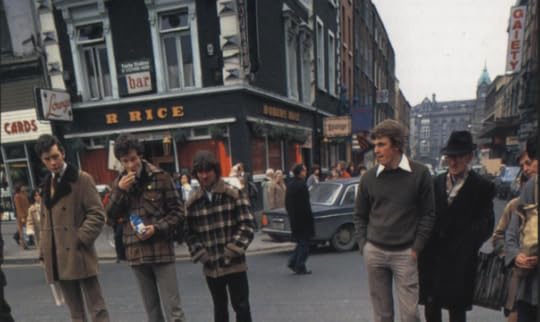
Rice’s, South King Street…
View original 3,050 more words


October 3, 2013
New Releases – 10/1
I’m so looking forward to reading Elizabeth Gilbert’s The Signature of All Things. A proper saga, I hope.
 Originally posted on BookPeople's Blog:
Originally posted on BookPeople's Blog:
_____________________________________________
HARD COVER FICTION
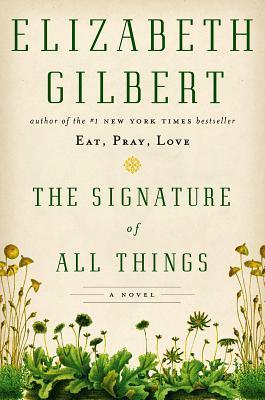 Signature of All Things by Elizabeth Gilbert
Signature of All Things by Elizabeth Gilbert
In The Signature of All Things, Elizabeth Gilbert returns to fiction, inserting her inimitable voice into an enthralling story of love, adventure and discovery. Spanning much of the eighteenth and nineteenth centuries, the novel follows the fortunes of the extraordinary Whittaker family as led by the enterprising Henry Whittaker—a poor-born Englishman who makes a great fortune in the South American quinine trade, eventually becoming the richest man in Philadelphia.
SIGNED COPIES are available on our shelves and online (ask for a “signed copy” in the comments section).
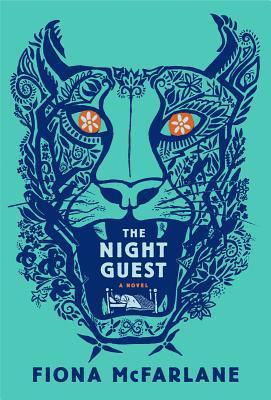 The Night Guest by Fiona McFarlane
The Night Guest by Fiona McFarlane
The Night Guest, Fiona McFarlane’s hypnotic first novel, is no simple tale of a crime committed and a mystery solved. This is a tale that soars above its own suspense to tell us, about ageing, love, trust, dependence, and fear; about processes of colonization…
View original 866 more words


September 21, 2013
Frida and The Official Book!
She looks amazing!
 Originally posted on ᗅᗺᗷᗅOFFICIAL.COM NEWS BLOG:
Originally posted on ᗅᗺᗷᗅOFFICIAL.COM NEWS BLOG:
“I am thrilled with all of these pictures, some of which I am seeing now for the very first time. The book provides a real trip down memory lane” says Frida after going through the layout of ABBA The Official Photo Book. The regular book-store edition will be available in spring 2014. We are overjoyed with the response to the launch of The Super Trouper Limited Collectors’ Edition of the book – thank you! And to those of you who are wondering – yes, that’s Benny and Frida flying the helicopter (with a little help from a pilot)


May 1, 2013
What to call it? The journey towards choosing a book title
Suddenly I had it. I would write a book about an ABBA fanclub who reunite to go to Stockholm to see an ABBA reunion concert. I would call the book Abbaholics Anonymous.
I pitched the idea to my publishers, who liked it, and so the long and hard work of writing Abbaholics Anonymous began.
Cut to a year and a half later, when my second draft was finished, and my editor says she wants to have a meeting. Nobody in the publishing house likes Abbaholics Anonymous as a title, she tells me over coffee. Can’t we call it something else?
I argued hard. I thought the title was comedic and would leave people in no doubt about the subject matter, but my editor argued that the book was about so much more than just an ABBA fanclub and an ABBA concert. They were just the hangers on which the full wardrobe of the novel was hung.
Eventually I had to agree. I let go of Abbaholics Anonymous (although I did keep the phrase part of the novel itself) and started casting around for a new title. It wasn’t easy. I looked through the ABBA catalogue over and over again, but nothing was jumping out.
The the publishers suggested The Day Before You Came. But I felt the song was too obscure, that only diehard ABBA fans would instantly remember it looking at the cover. I wanted it to be more instantly grabbing.
My editor’s instincts were spot on, in one respect. The Day Before You Came is not only ABBA’s masterpiece (to my mind), but it has a real sense of story to it. As a title it suggests a past, present and future – the hook telling the browser that something interesting is going to happen in the course of this book.
Voulez Vous? “No,” said my editor. It’s too 1970s sexual.
Thank You For The Music? “No, it sounds like an ABBA biography.”
S.O.S.? “No, it sounds like a cry for help.”
I had suggested Knowing Me Knowing You early on in the process, but we both dismissed it because it was once the catchphrase of Alan Partridge, and people automatically delivered back comedic “Ah ha!” at the end.
But then one day I was driving to Sligo, my hometown in Ireland (and where the teenage sections of the novel are set) and Knowing Me Knowing You came on the radio. I listened to the lyrics and found that they fit my story in so many ways.
It’s a book about love lost and found, friendships that have fallen by the wayside, and what happens in the aftermath of people’s lives. In it my characters get to rekindle romance and friendship 30 years after the summer they were feeltingly friends, and in a way it’s a book about knowing another person, really knowing.
When the cover designs for the book came through, it was Knowing Me Knowing You that stood out by a mile. It was perfectly right. I saw it in a bookshop, staring out from the shelf at me the other day, and thought: Abbaholics Anonymous? What was I thinking?
Knowing Me, Knowing You
March 10, 2013
The Five Golden Rules of Romantic Comedy
1. Different But The Same
You heard the term: opposites attract? This must always be true for the lead characters in a rom com. Yet at the same time both characters must be fundamentally the same as each other. This contradiction creates chemistry.
In When Harry Met Sally, Harry is an inveterate slob who thinks that a man and a woman can’t have a friendship without sex getting in the way. Sally, on the other hand, is a pernickety neat-freak who believes that men always make sex part of the male/female relationship because they think with their dicks. Yet despite Harry and Sally’s differences, they are both philosophers at heart. It is their shared love of talking about the fundamentals of relationships that constantly binds them together. So, while there is constant conflict, there is also the harmony of likeminded souls.
2. Circumstances Will Tear Us Apart
Not only must your rom com leads be in conflict with each other, circumstances must conspire to keep them apart until three quarters of the way into the story. These circumstances can be anything. The guy is still in love with his ex wife (Silver Linings Playbook). The girl is a major Hollywood star and the constant subject of lies and gossip that undermine her relationships (Notting Hill). The girl and the guy live so far apart they have never get the chance to actually meet (Sleepless in Seattle). The girl’s career is taking off at the expense of the guy’s (The Five Year Engagement).
3. He Wants, She Wants
In any book or movie the lead characters must desperately want something, and to create story their wants must be thwarted in escalating ways until the end. But in a rom com the characters’ wants generally follow a timeworn pattern. One half of the romantic pairing must desperately want the other, while the other half must want something different.
Confused? Here are some examples. In my book The Forced Redundancy Film Club, Katherine, having lost her job, desperately wants to get back on her feet again so she can keep the status quo. Martin, having also lost his job, desperately wants Katherine. In Pretty Woman, Vivian desperately wants to get out of a life of prostitution so she can earn self-respect. Edward desperately wants Vivian. In Bridget Jones Diary, Bridget desperately wants the selfish Daniel Cleaver. Mark Darcy desperately wants Bridget. In Breakfast at Tiffany’s Lula Mae desperately wants to forget her miserable, poverty-stricken past by reinventing herself as the sophisticated and invulnerable Holly Golightly. Paul desperately wants Holly.
The protagonist must desperately want something other than his or her romantic interest. The romantic interest must desperately want the protagonist.
4. Turmoil At Three Quarters
Two thirds the way through a rom com novel or screenplay the leads must realise together that they are each other’s perfect soulmates. Then emotional turmoil must tear them apart again. Three quarters the way thorugh Pride and Prejudice Elizabeth and Mr Darcy have put their differences aside and fallen in love. Then they learn that Elizabeth’s sister has eloped with Mr Wickham, which will certainly lead to Elizabeth’s downfall in society, making it impossible for Darcy to marry her. On an emotional turmoil point, her pride is gone, and his prejudices have been confirmed. Three quarters the way through When Harry Met Sally, Harry and Sally discover they are in love and have sex. The next morning Harry freaks out and disappears, leading Sally to conclude that she was right about his inability to commit all along. She gives up on him. Elizabeth and Darcy, Sally and Harry – each couple must find a way to overcome this final separation before finally falling into each other’s arms. This encompasses the last act of the story, and by this point both characters want the same thing – each other.
5. The Learning Curve
By the time the leads in a rom com fall into each others arms at the very end, either one of both of them will have learned some fundamental truth about themselves and changed for the better to secure their own happiness. Meg Ryan’s characters often have to learn the same thing about themselves in her rom coms: idealistic expectations of perfection do not lead to true happiness. Sally learns this by accepting Harry as he is. In You’ve Got Mail, Kathleen learns this by overcoming her prejudices about Joe. In Silver Linings Playbook, Pat learns that clinging on to the past is killing his chances for happiness. In Pride and Prejudice both Elizabeth and Mr Darcy learn respectively that excessive pride does not lead to happiness, and neither does pointless prejudice. They learn to accept each other as they are, and in doing so to accept themselves.
In Breakfast At Tiffany’s Holly Golightly learns to accept the vulnerable, frightened part of herself she let go off when she took on a different identity. Only in learning to love Lula Mae can she find true happiness, and therefore true love.
If you want to write romantic comedy, it’s a good exercise to sit down with a rom com novel or film and see how these golden rules always play out before setting out your own plot. Enjoy!
May 3, 2012
My interview on Arena
http://www.rte.ie/radio1/arena/archiv...

